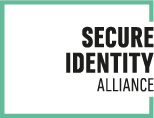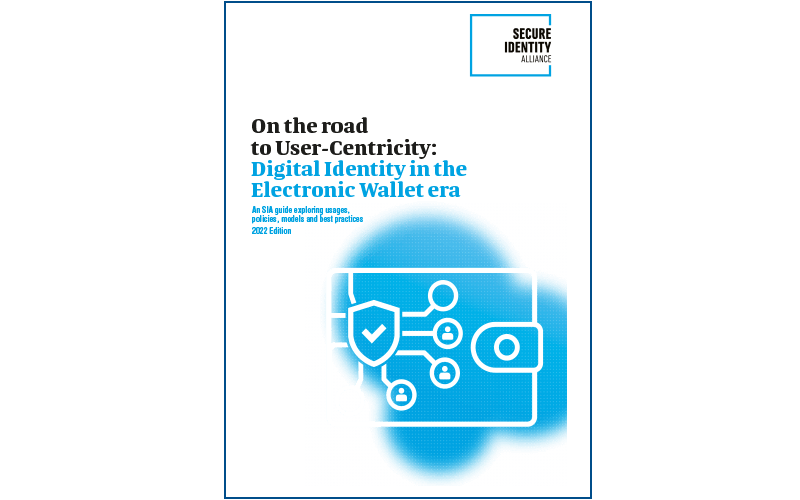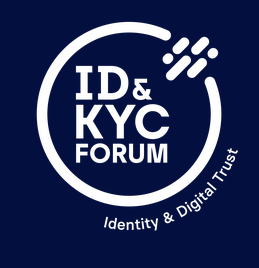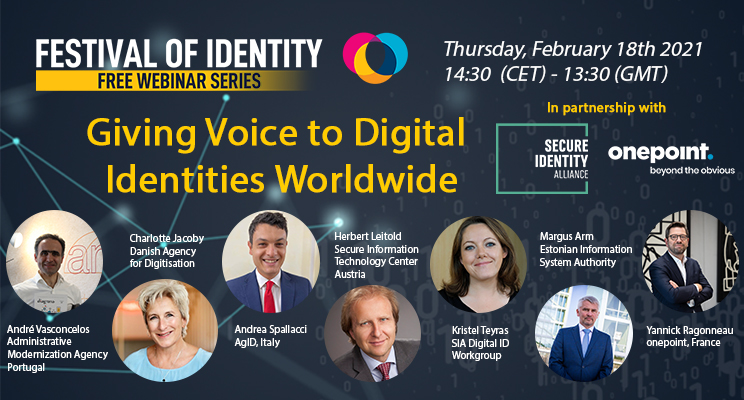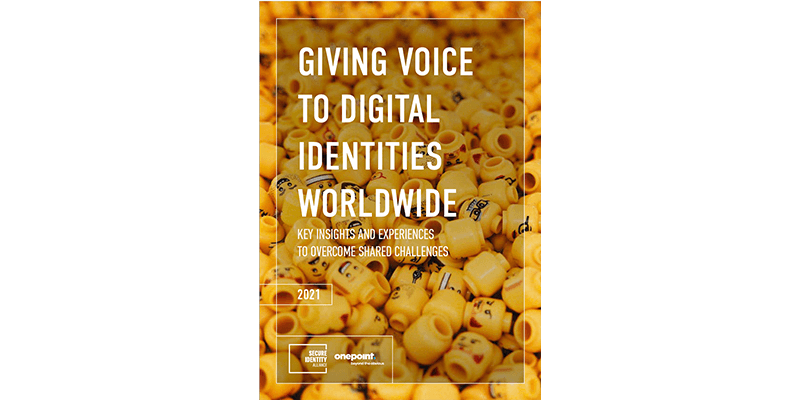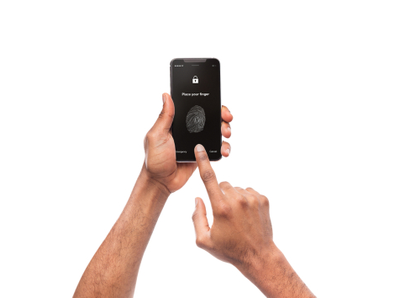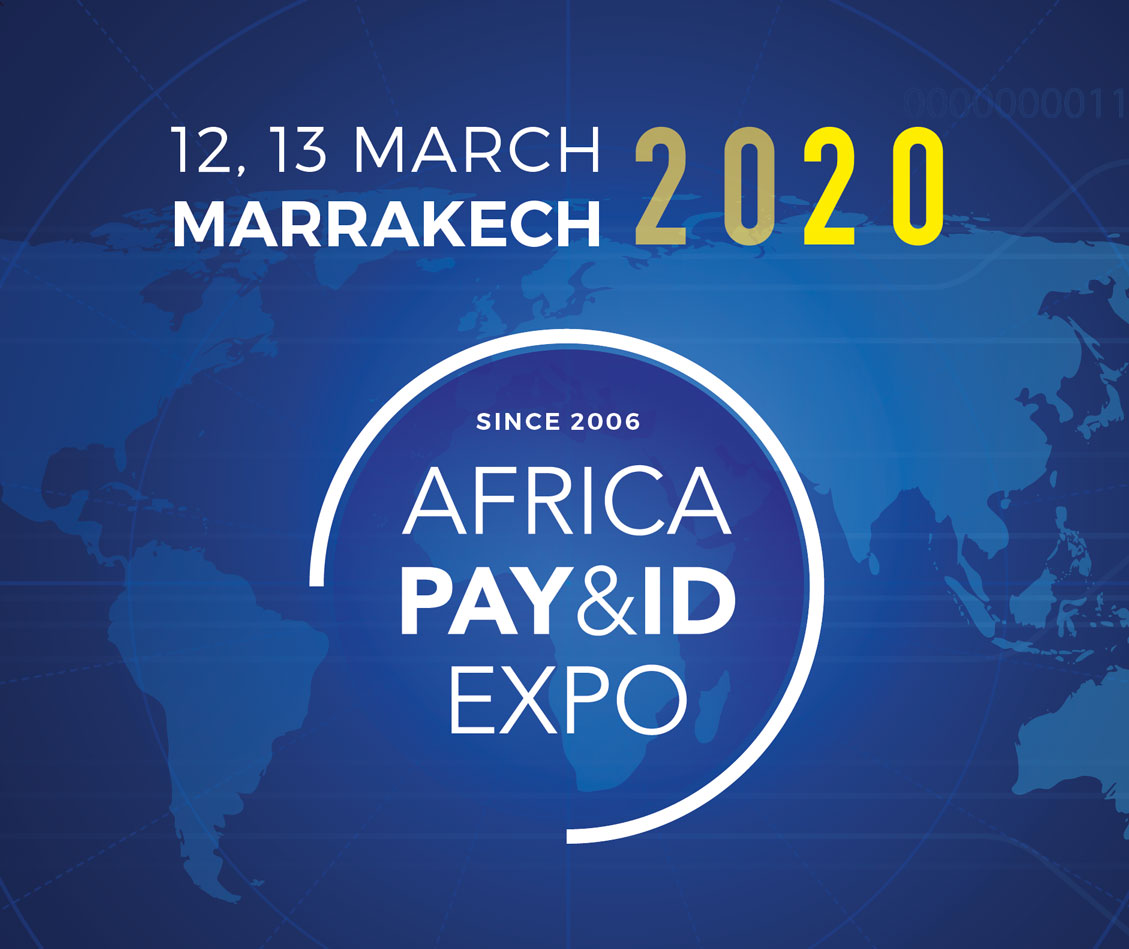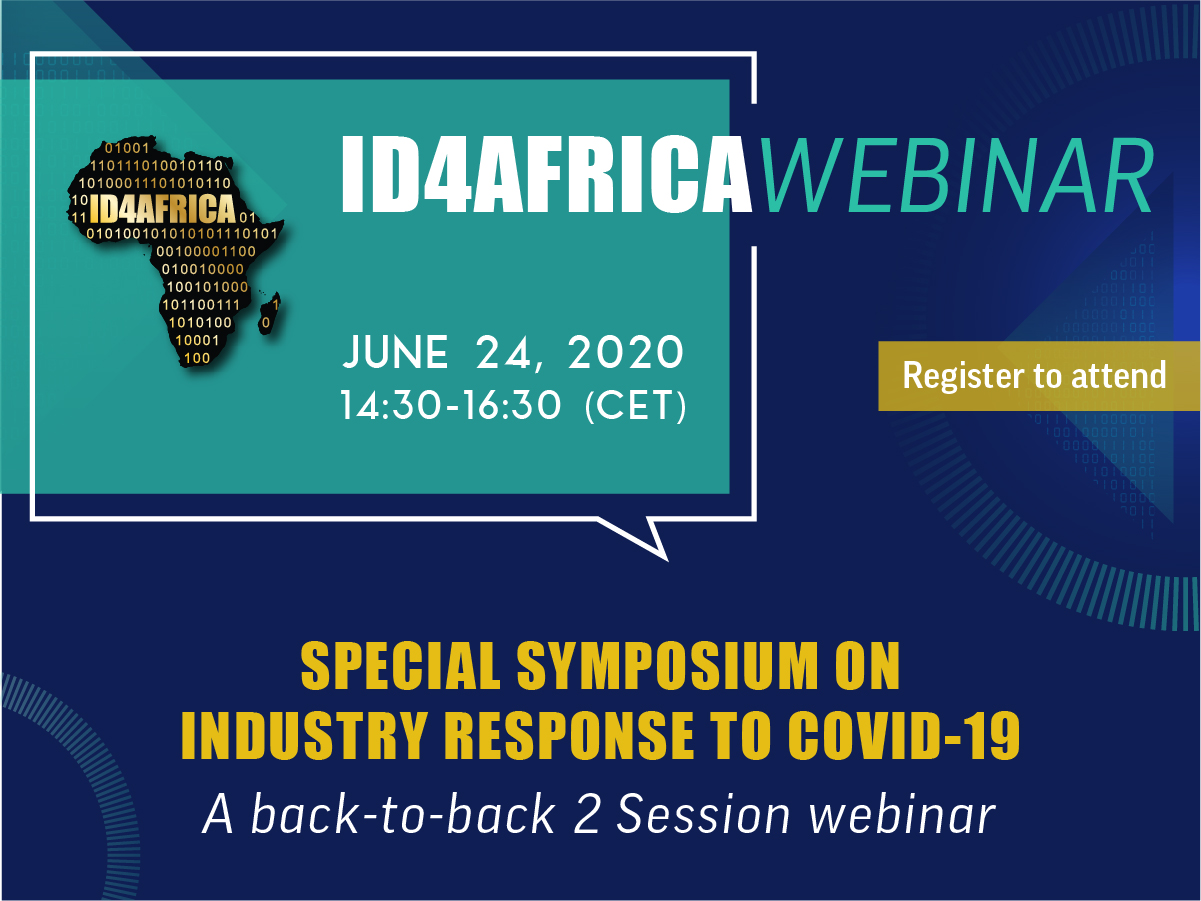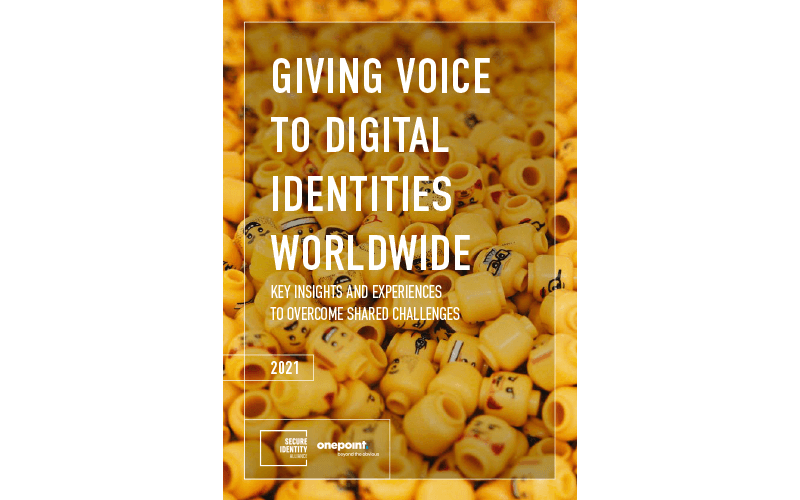
Debora Comparin, Chair of OSIA Initiative, SIA and Standardisation Expert, Thales
Thanks to co-author Yiannis Theodorou, Head of Digital ID, Tony Blair Institute for Global Change for his contribution to this commentary.
As governments continue to build inclusive digital-ID ecosystems to unlock the value of digital transformation for their people, many are facing the challenge of which related technology solutions to adopt.
In markets that encourage competition and innovation, it is common to see the creation of proprietary, closed and non-interoperable systems when a new industry is formed; remember the days when the phone you bought in Europe could not be used to make or receive calls in the United States? Eventually, though, the forces of supply and demand drive the industry towards harmonised, optimal solutions and common standards.
Today’s identity market is an environment of siloed foundational and functional ID systems, partly built on proprietary technologies. But, as the market matures, new tech solutions are drastically redefining the landscape. Mobile-ID solutions, sophisticated biometrics, cloud computing and other technologies have made it possible to develop integrated national ID ecosystems that are efficient, cost-effective and secure, without necessarily involving centralised databases.
Yet many countries still have a long way to go before they can realise this vision, and their ability to easily switch to new technology partners or providers is severely hampered by the complexity of existing systems or contractual arrangements. For example, if a newly procured digital-ID provider must deal with encrypted biometric templates in an existing database, it would need to access the raw biometric images captured and stored by the previous provider’s systems. If the unencrypted raw images are not available or reliable, the government will likely be forced to re-register the entire population.
Vendor lock-in constrains development because any change is subject to considerable costs and the risk of operational failures. At the same time, to benefit from the latest technologies, governments need to update, adapt and upgrade their legacy systems while having the freedom to choose the most appropriate solutions to meet their needs.
Two main approaches have emerged that offer governments the flexibility and freedom they need: open standards and open-source software.

by Kristel Teyras, Chair of the Digital ID Working Group of the Secure Identity Alliance
With governments poised to accelerate national digital ID programs, the SIA commissioned a study to uncover lessons learned from innovative, real-life digital ID deployments around the world.
Providing unprecedented ‘on the ground’ insights and perspectives, the study produced in partnership with onepoint gives a unique voice to stakeholders from 25 innovative sovereign digital ID schemes. Their shared learnings highlight the guiding principles and good practices that are critical for driving usage, adoption, and success – regardless of the digital ID model adopted.
How to address the challenge of enabling the delivery of trusted mobile ID that’s secure, convenient, and easy for citizens to use
Digital identity sits at the heart of economic and social transformation. Around the globe, governments are busy fast-tracking the delivery of streamlined e-services that touch every aspect of people’s lives – from paying tax to accessing healthcare and education.
An immediate analysis of the coronavirus crisis highlights, among other things, the significant and growing role of technology in general, and digital identity in particular, in helping citizens, businesses and government agencies adapt and respond.
With citizens in many countries forced into homeworking and home-schooling, most at incredibly short notice, many millions turned to digital tools to communicate, collaborate, work and transact online. While these proved helpful for knowledge workers and those businesses with flexible (and often cloud-based) IT infrastructures, the crisis uncovered huge areas for improvement.
This was particularly clear when it came to access to the provision of public services – many of which lacked a cohesive digital alternative to face to face interactions. At the heart of the issue was the lack of a digital identity that would allow citizens to securely access services remotely.
For those citizens unable to access basic public services and social protections in a digital context, this lack of a digital identity and a connected ecosystem of digital service caused considerable problems.
This, Secure Identity Alliance (SIA) believes, is one of the key learnings to take away from the crisis. A secure and universally trusted digital identity, based on a government root and sourced from civil registries, is fundamental to the development of a wider ecosystem of both public and private services.
